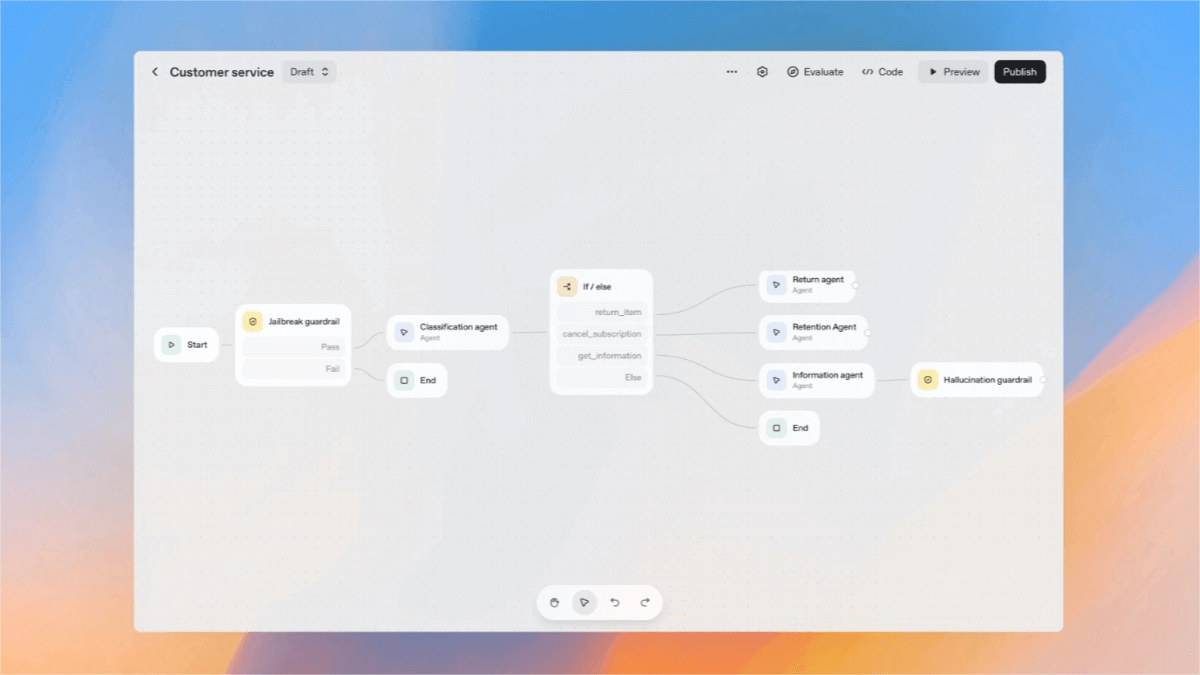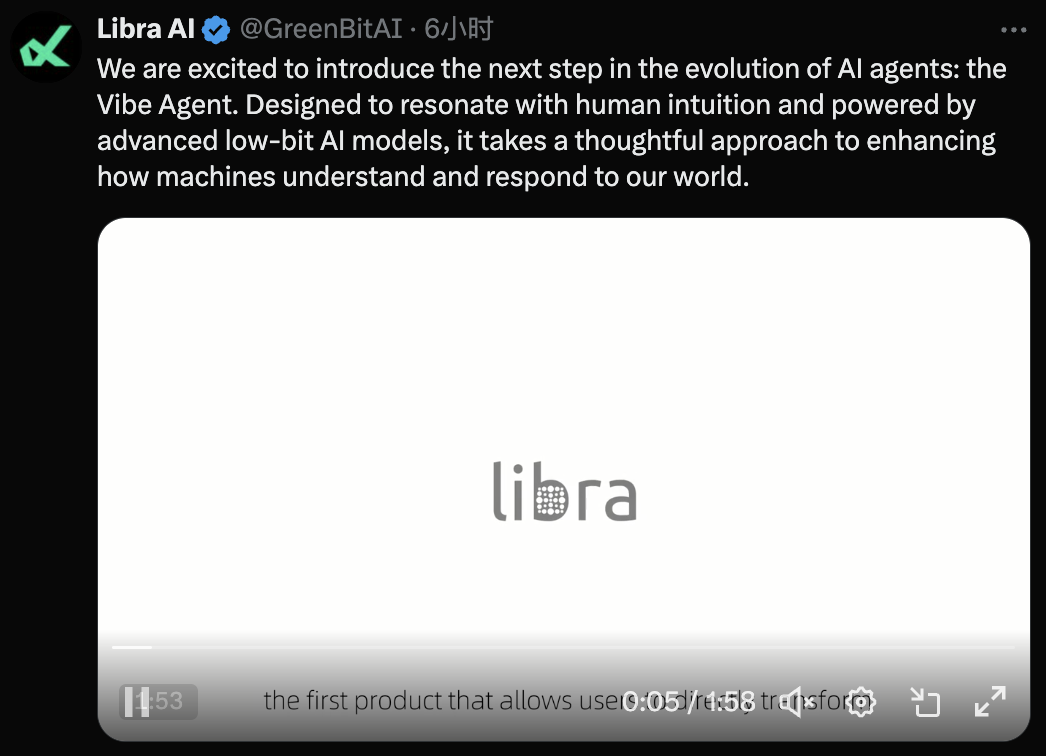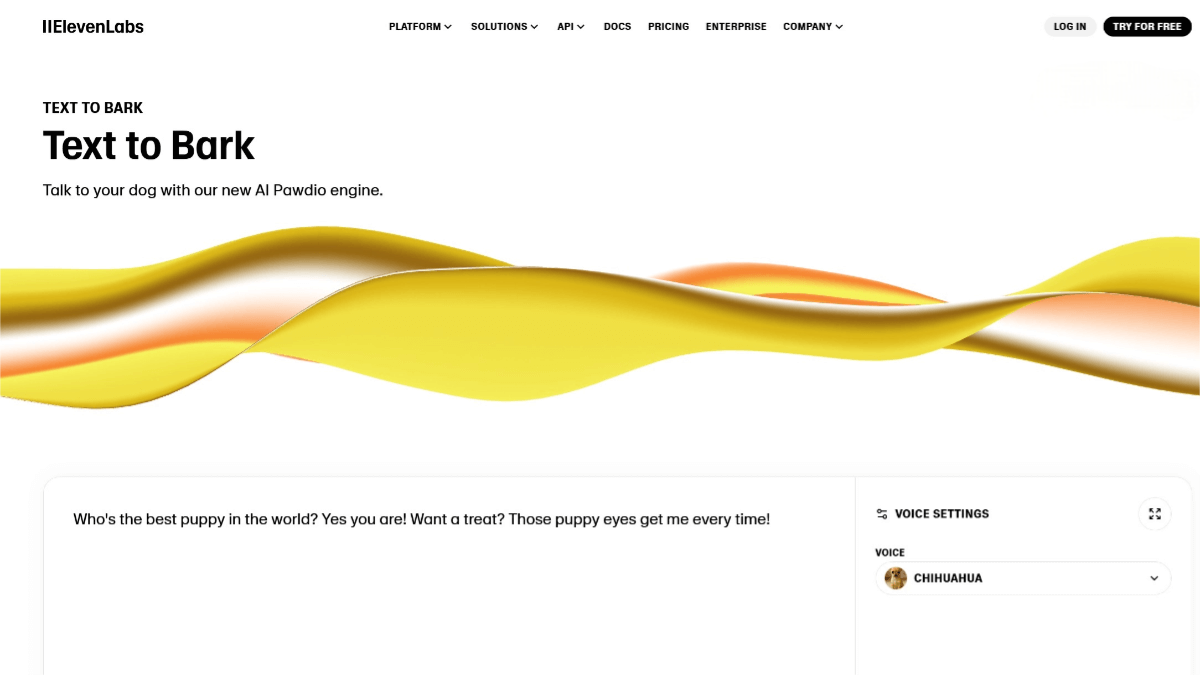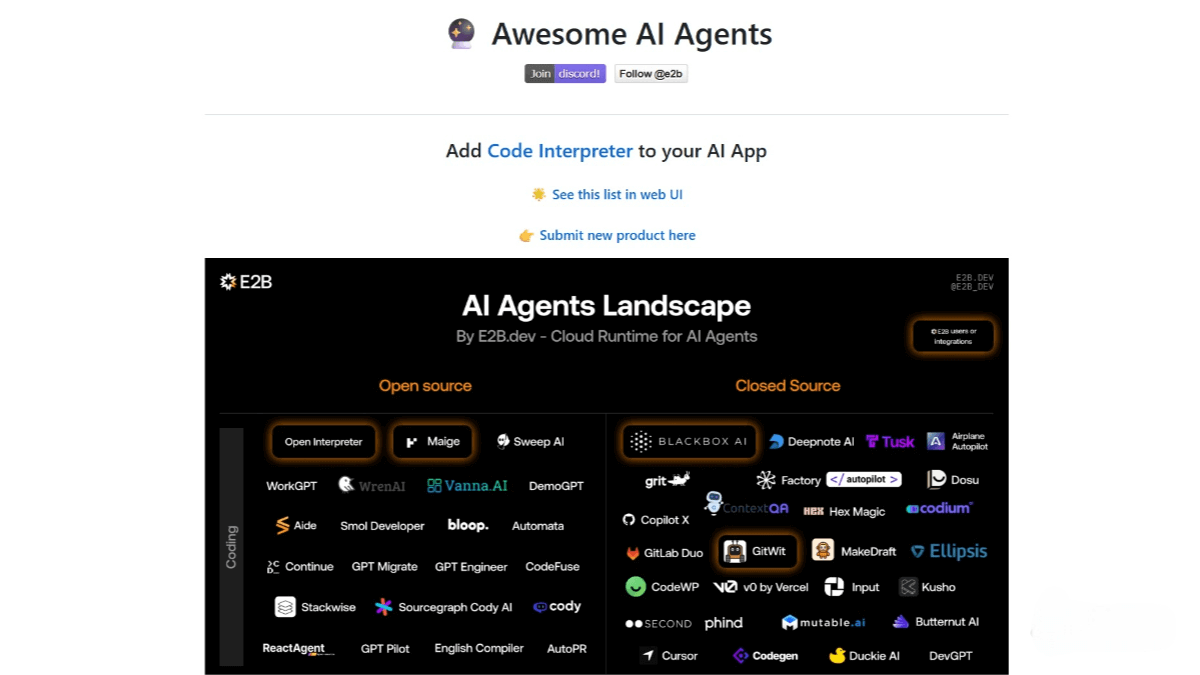Agent Kit – an AI Agent development toolkit launched by OpenAI
What is Agent Kit?
Agent Kit is a comprehensive AI Agent development toolkit launched by OpenAI, designed to help developers move AI agents quickly from prototype to production. It includes three core components:
-
Agent Builder – a visual canvas tool that enables drag-and-drop workflow design without writing code.
-
ChatKit – a customizable chat interface toolkit that supports brand embedding and reduces front-end development costs.
-
Connector Registry – a centralized hub for managing data and tool integrations securely.
The toolkit also includes built-in features for file search, logic orchestration (e.g., loops and approval nodes), and security rule configuration, greatly lowering the development barrier for building intelligent agents.

Key Features of Agent Kit
-
Visual Agent Builder
A drag-and-drop canvas interface that allows users to design complex workflows by connecting logic, configuring security rules, and integrating tools (such as file search, loops, and approval nodes) — all without writing code. -
Customizable Chat Interaction (ChatKit)
A plug-and-play chat interface toolkit that allows full brand customization and conversational design, minimizing UI development costs. -
Unified Connector Management (Connector Registry)
Centralized control over data sources and third-party tool integrations (such as internal systems or external apps), ensuring secure and seamless connectivity. -
End-to-End Evaluation and Monitoring (Evals)
Built-in tools for performance tracking, automated testing, and trace grading that analyze agent decision processes and optimize their behavior. -
Web Search Tool
Enables GPT-4o models to retrieve real-time web information with cited sources, achieving up to 90% accuracy in benchmark tests. -
File Search Tool
Supports multi-format document retrieval, metadata filtering, and custom sorting, ideal for knowledge management and internal search systems. -
Computer Use Agent (CUA)
Uses visual reasoning to operate graphical user interfaces — such as clicking buttons or typing text — to automate software tasks.
Technical Architecture
-
Modular Architecture & Visual Orchestration
Agent Kit is modular and includes a visual canvas (Agent Builder) that lets developers assemble workflows using drag-and-drop nodes like tool calls, logic branching, and approval steps. Core components — Agents, Tools, Handoffs, and Guardrails — are integrated efficiently via the Responses API. -
Multi-Agent Collaboration & Task Delegation
Supports multi-agent coordination, where multiple agents (e.g., researcher + editor) collaborate dynamically using handoffs. Decision logic (e.g., if/else branching) is handled within the model itself rather than external orchestration layers. -
Tool Integration & Automated Execution
Tools are key components, encompassing both built-in capabilities (like web search or file operations) and custom Python functions. Developers can register tools via the@function_tooldecorator for automatic input/output validation. The Agent Loop drives LLM calls, tool execution, and iterative refinement — enhanced with reinforcement learning for improved reasoning. -
Safety & Control Mechanisms
Guardrails define behavioral constraints and safety boundaries, reducing ambiguity and risk. Manual approval nodes allow human intervention for sensitive actions. The Connector Registry manages permissions for all data and third-party integrations. -
Full Observability & Evaluation
Integrated Tracing tools allow real-time workflow monitoring, automated evaluation, and prompt optimization — enabling efficient debugging, testing, and iteration.
Project Links
- Official Website: https://openai.com/index/introducing-agentkit/
Use Cases of Agent Kit
-
Customer Support Automation
Builds intelligent customer service bots capable of multi-turn conversations and natural language understanding. Can be integrated into websites, apps, or social platforms to provide 24/7 support and boost efficiency. -
Multi-Step Research & Data Analysis
Automates complex workflows like literature search, data analysis, and visualization — ideal for research institutions and R&D departments seeking efficiency and accuracy. -
Content Generation & Creative Assistance
Supports creators in generating high-quality text, images, or videos for blogs, social media, and advertising, enhancing productivity and creativity. -
Code Review & Software Development
Acts as an advanced coding assistant for software engineers, supporting automated testing, code review, and task management to improve code quality and productivity. -
Sales & Marketing Automation
Helps identify and prioritize leads, automate outreach, and manage customer engagement, boosting sales conversion and marketing performance.
Related Posts




